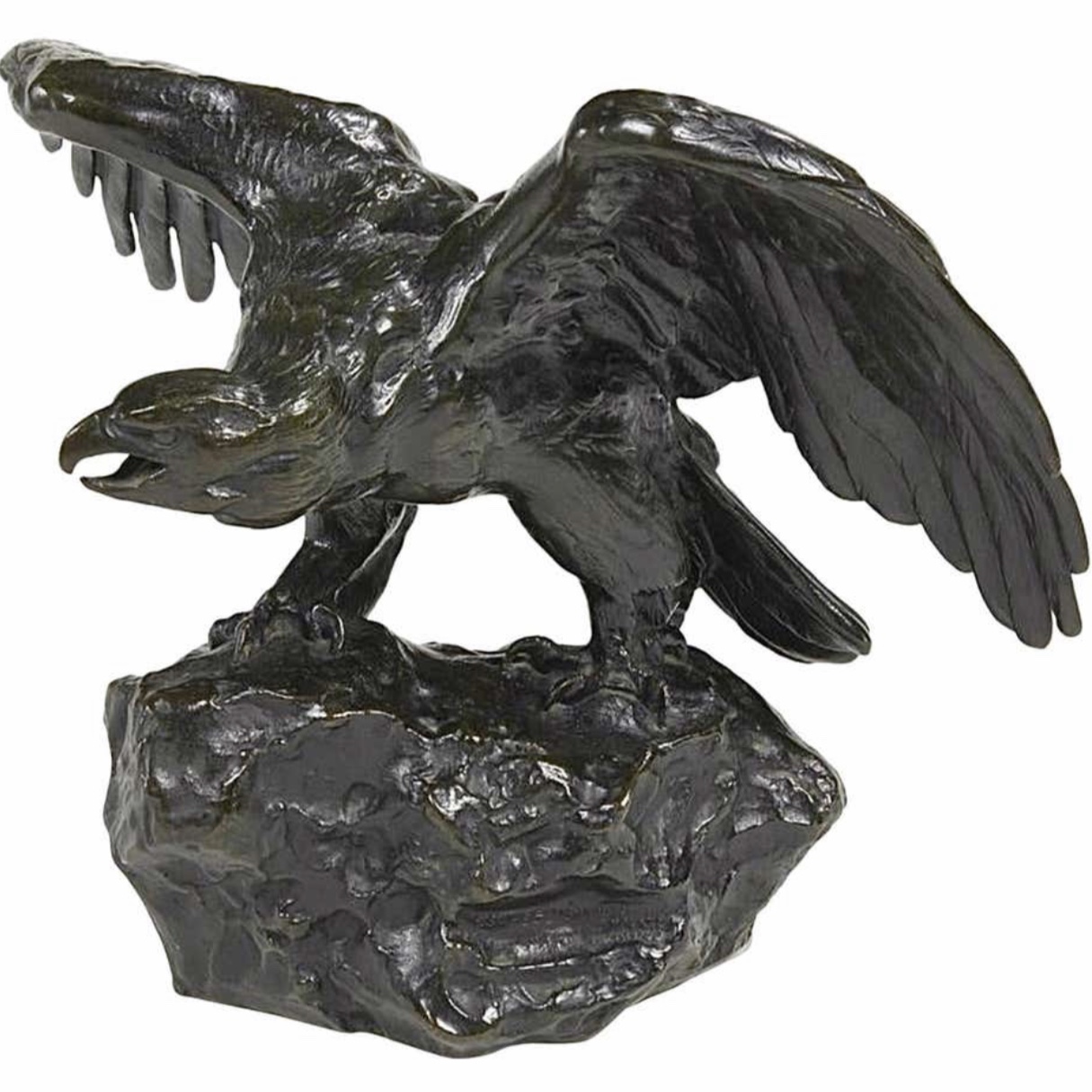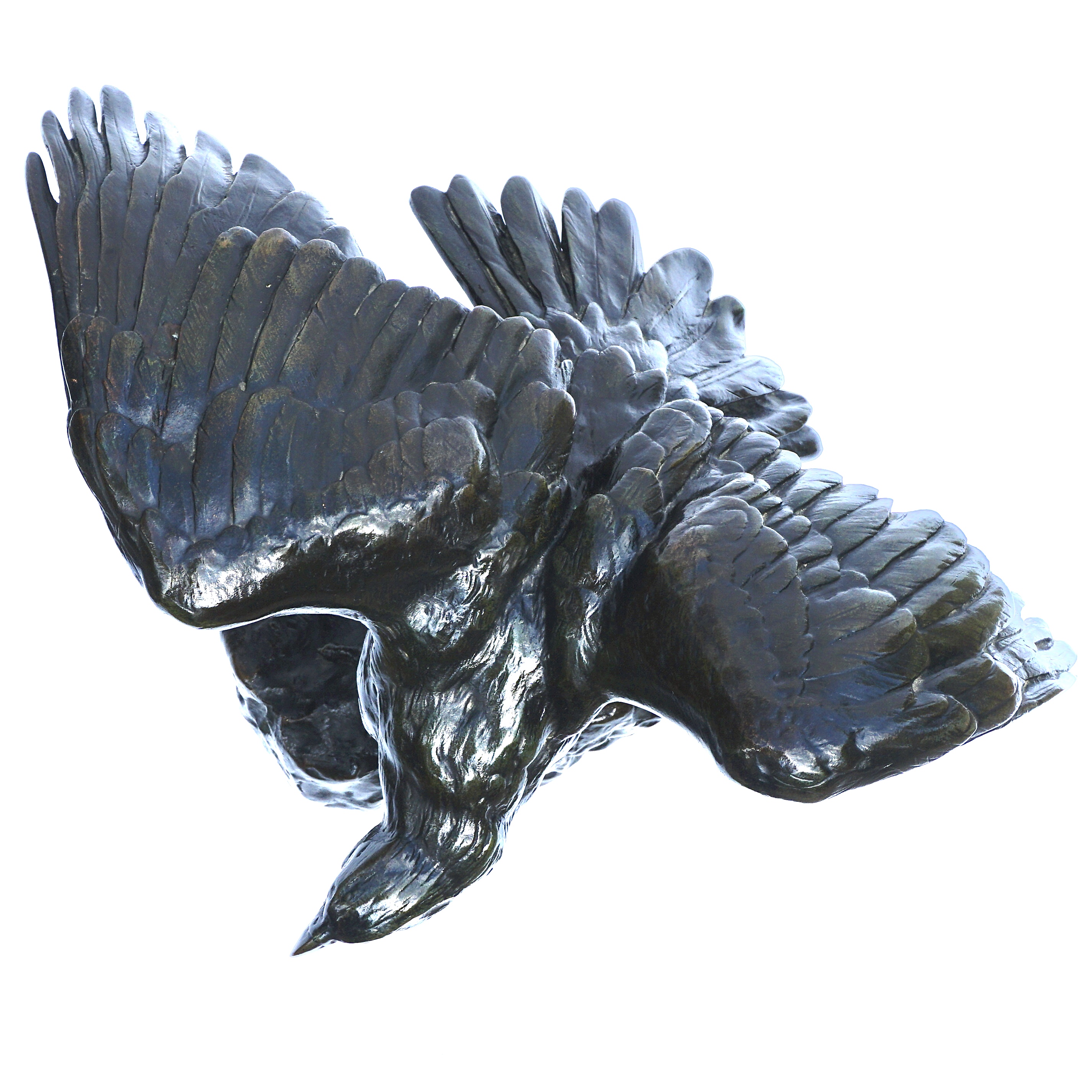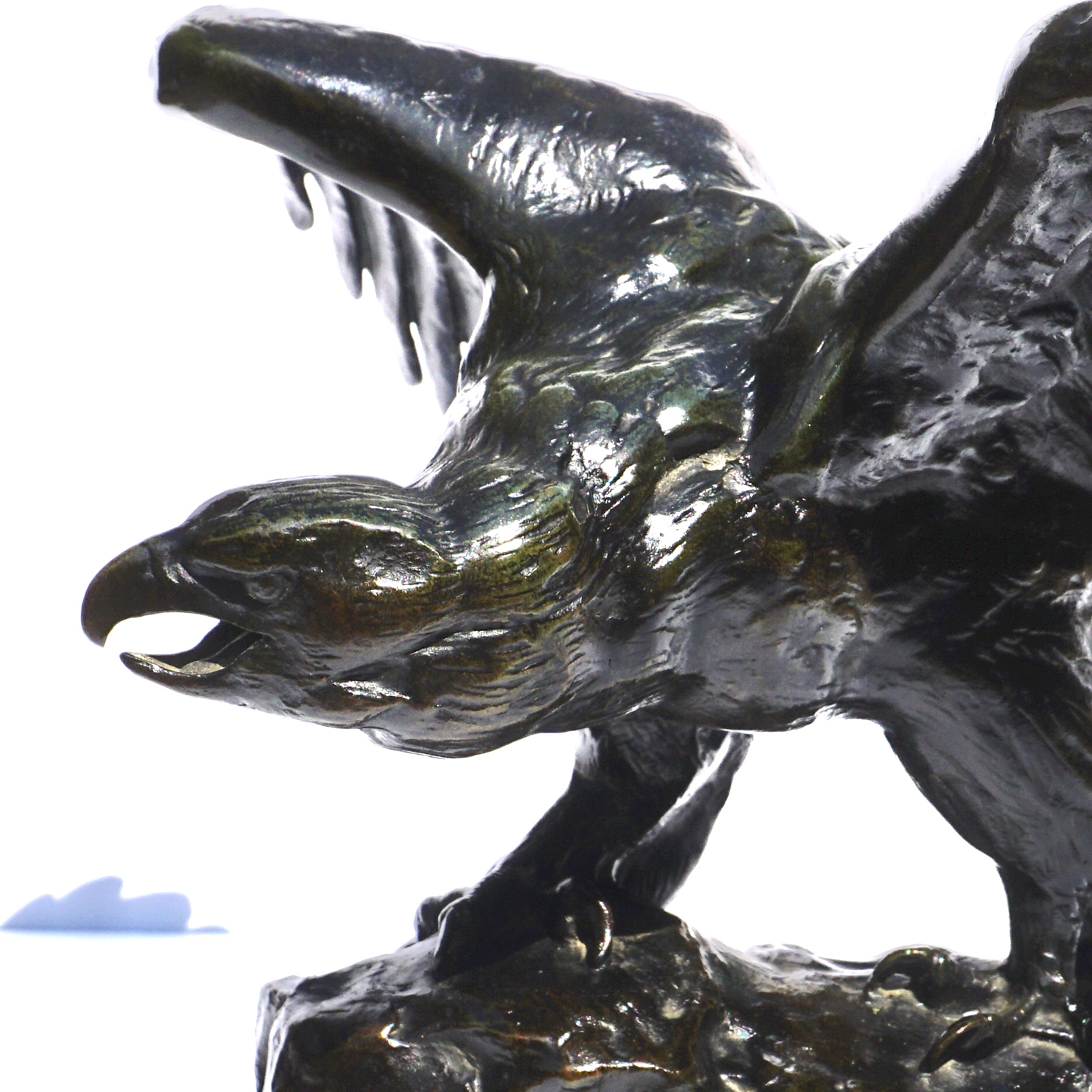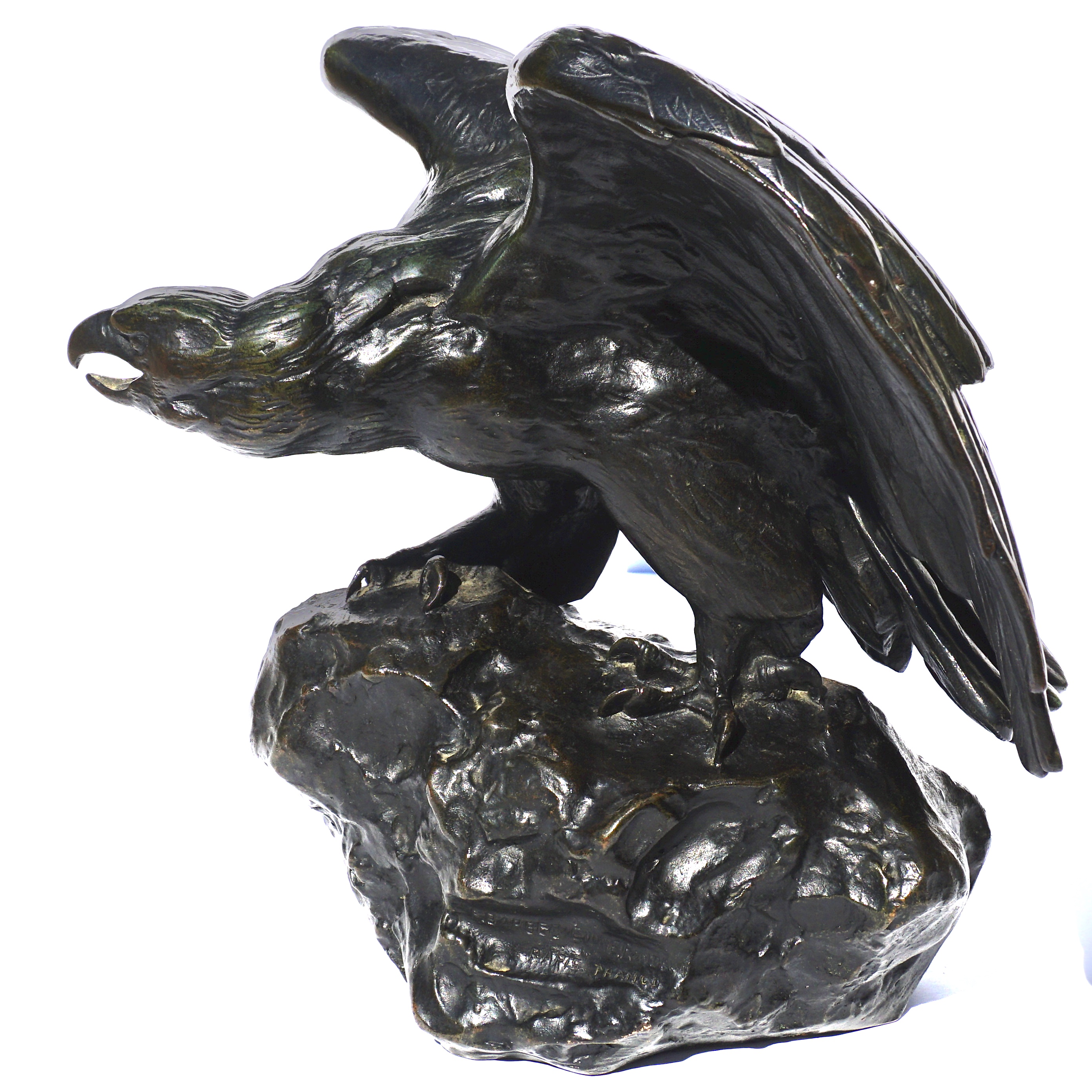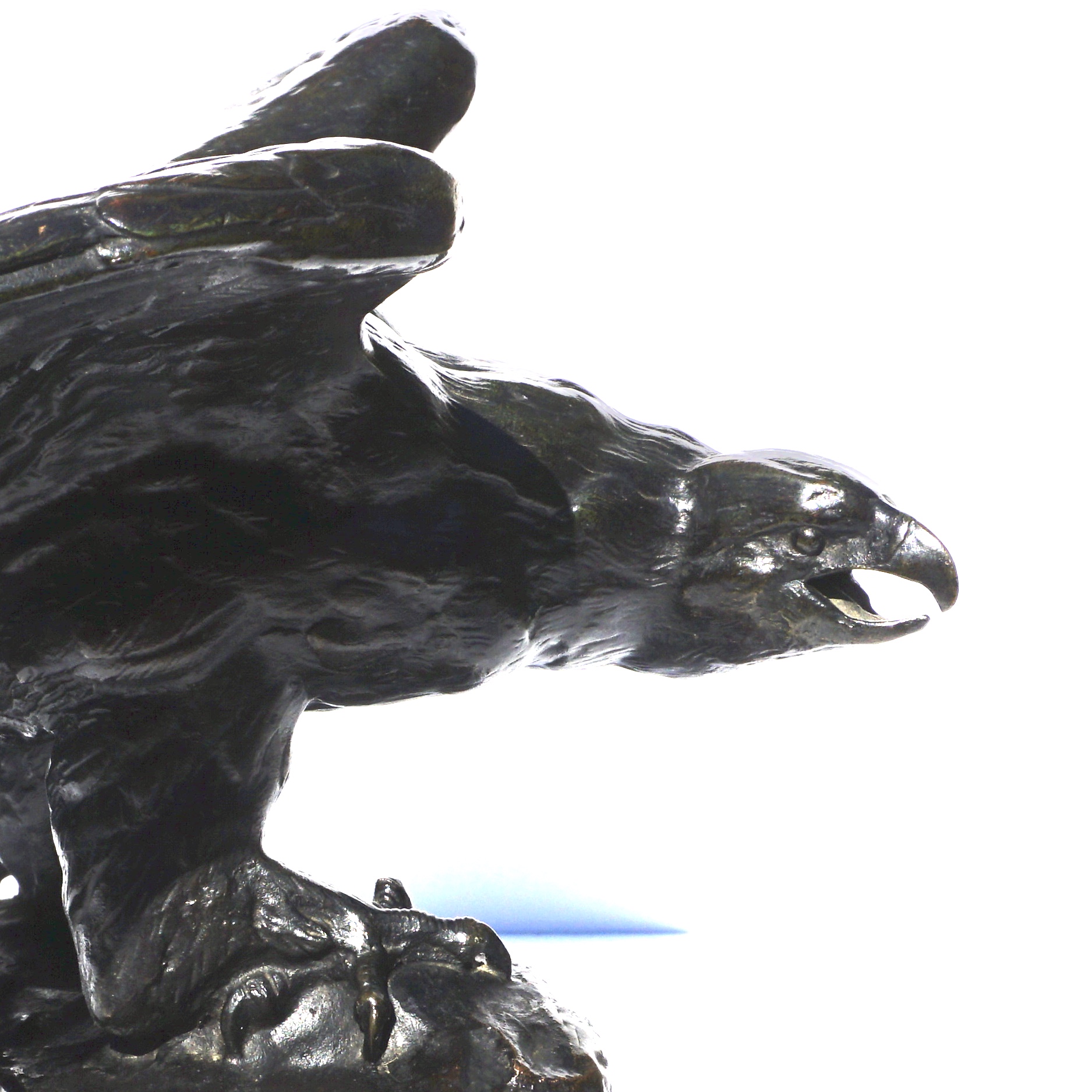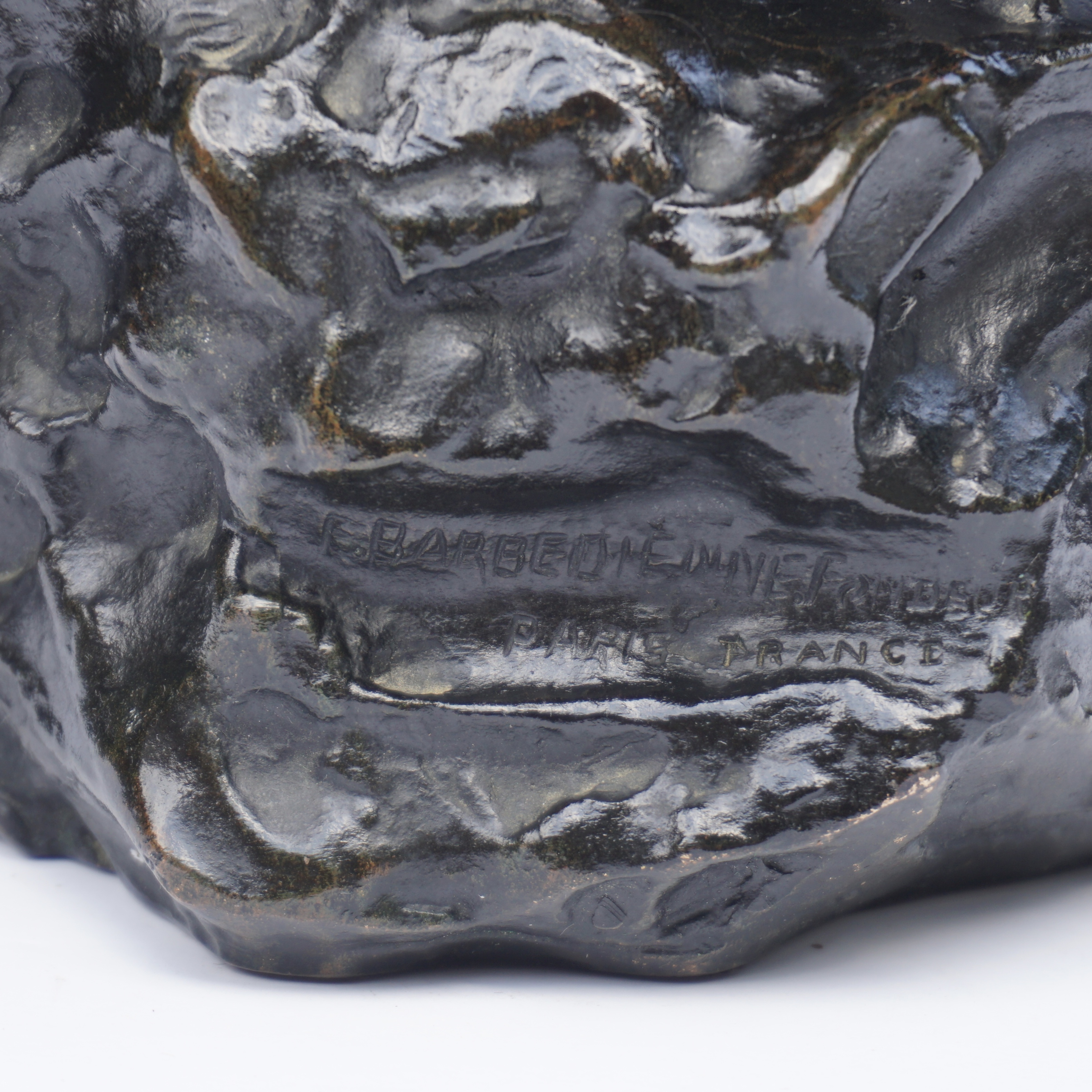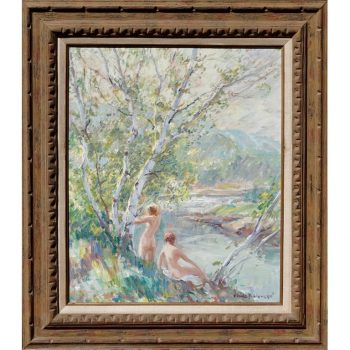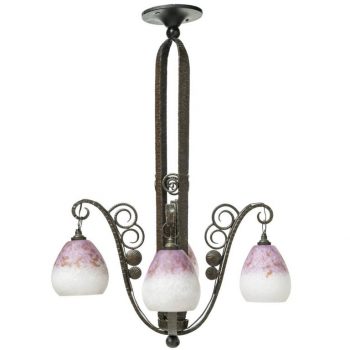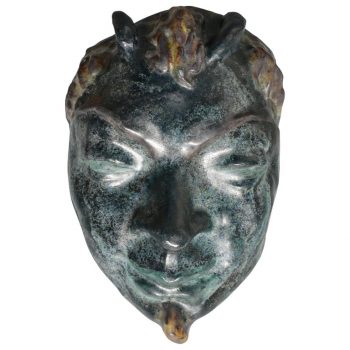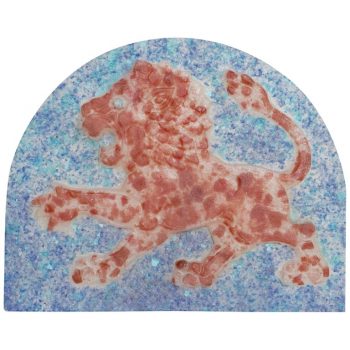Description
Antoine-Louis Barye (French, 1795-1875)Aigle – Ails Étendues, Bec Ouvert (An Eagle with Wings Extended and Open Beak)
A powerfully detailed sculpture of an eagle in heavy bronze executed during the last quarter of the nineteenth century with exquisite dark brown and green patina. The mighty animal with wings spread and open beak shows presence and power standing on a rocky outcrop. Casted by what is considered the best 19th century foundry; F. Barbidienne. The size is perfect for any home or office location; not to small and not to large.
Signed: BARYE and inscribed F. BARBEDIENNE. FONDEUR PARIS FRANCE (on the base). Incised 19184 (underneath) Bronze, Dark brown and green patina.
Measures: Height 9 3/4 inches x width 13 inches (24.8 by 33 cm)
Antoine-Louis Barye, (born September 24, 1795, Paris, France—died June 25, 1875, Paris), prolific French sculptor, painter, and printmaker whose subject was primarily animals. He is known as the father of the modern Animalier school. The son of a jeweler, he was apprenticed to an engraver of military equipment at about age 13. After serving in the army, he worked for a time in the jewelry trade. In about 1817 he began to sculpt while working in the studio of the sculptor François Bosio. He was also influenced by the Romantic paintings of Théodore Géricault. From 1823 to 1831 he worked with Jacques-Henri Fauconnier, a goldsmith.
Barye’s talent for rendering dynamic tension and exact anatomical detail is especially evident in his most famous bronzes, those of wild animals struggling with or devouring their prey. Barye gradually gained a reputation as a monumental sculptor, with government commissions for images of wild animals in the 1830s, figure groups and portraits for the facade of the Louvre in the 1850s, and freestanding Napoleonic monuments in the 1860s. He first exhibited his bronzes at the Salons of 1827 and 1831, receiving a second prize for his Lion Devouring a Gavial. He withdrew from exhibiting in the Salon in the 1830s after a celebrated small-scale project was rejected as goldsmithery (i.e., not “high art”), but he returned in 1850, to great acclaim.
Generally speaking, Barye was responsible for improving the status of animal sculpture, a category famous since antiquity, and for demonstrating its suitability as a modern expressive form. He also gained special fame as an artist who, regardless of subject matter, could meld grandeur and artistic refinement with realism in both public monuments and small-scale bronzes for the home at a wide range of prices that the middle class could afford.


